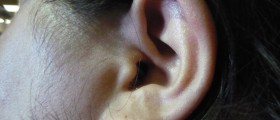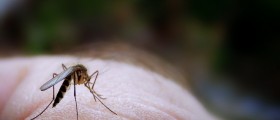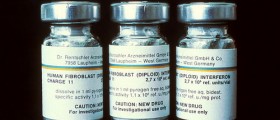
These lumps can be painful or not, they are often pea-sized, they can be hard or soft, sometimes they are movable when pushed, they can persist or go away after only a few days.
Causes of a lump behind the ear
Before jumping to a sudden and fatalistic conclusion, the person needs to carefully examine the lump and to try to remember if there were any other symptoms occurring around the time when the lump first appeared.
The lump can be nothing more than a swollen lymph node. Lymph nodes are sensitive and they easily swell when the body has a viral infection, injury or allergy. In this case, the lump is supposed to go away along with other symptoms. Some of the common medical reasons for lumps behind the ear may include ear infection, scalp infection, sinus or tonsil infection, thyroid disease, lymphoma, tuberculosis, yaws, taxoplasmosis, Hodgkin’s disease, syphilis, and others.
In these cases the lump may still be there even if the disease is cured, but it usually stops being painful.
More serious medical reasons for lumps behind the ears include cancer, tumor in the back of the head or leukemia.
The best way to find out what is causing the lump is to see a doctor.
Diagnose and treatment
A person who has a lump behind the ear needs to report the symptoms and the duration to the doctor, who will perform tests in order to determine the nature and the cause of the lump. He or she will do a physical, ask for medical history as well as family history of the patient and after determining the cause he or she will determine the course of action.
In most cases the reason for these lumps is simple and not particularly dangerous, like an allergy or a viral infection. If the lump goes away along with the illness, it requires no particular treatment.
Basically, the treatment for a lump behind the ear means treatment for its underlying cause.
A lump behind the ear should not be a reason for panic but it should not be neglected either, especially, if it does not go away and if it is accompanied by other symptoms.
- www.nhs.uk/conditions/mastoiditis/
- medlineplus.gov/ency/article/000778.htm
- Photo courtesy of U.S. Naval Forces Central Command/U.S. Fifth Fleet by Flickr: www.flickr.com/photos/navcent/9606301994

















Your thoughts on this
Loading...